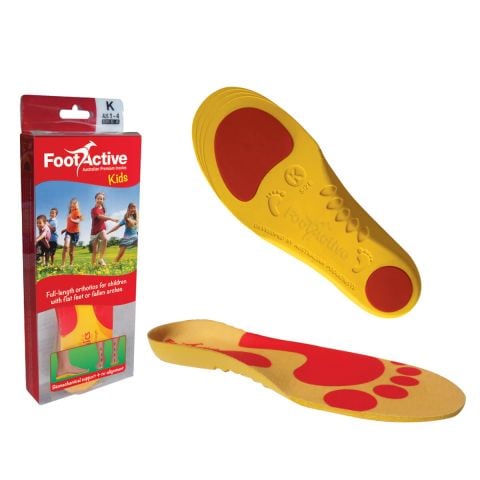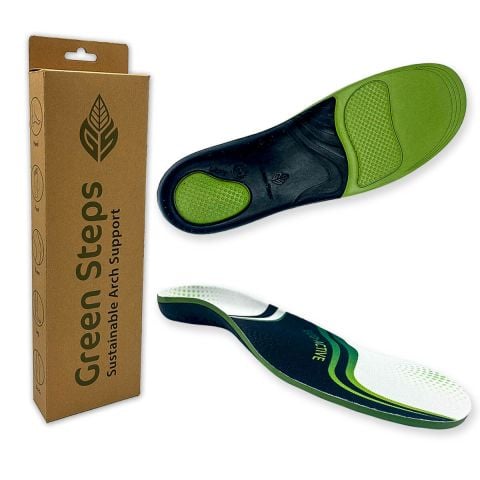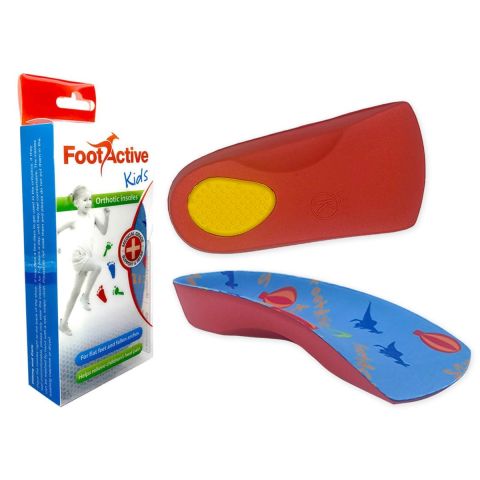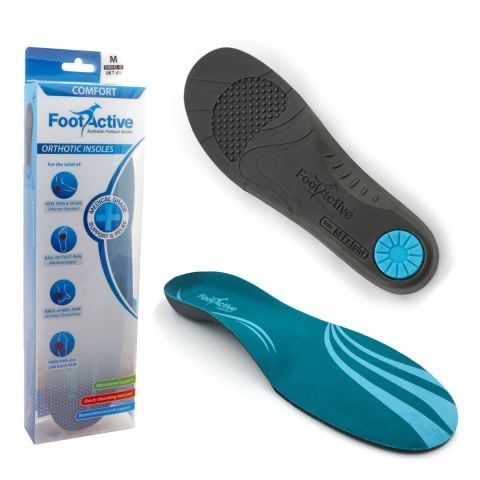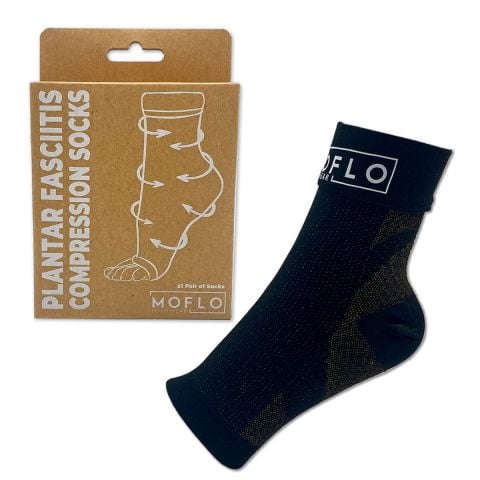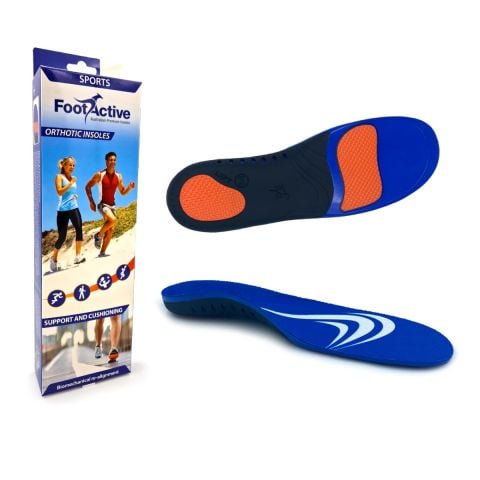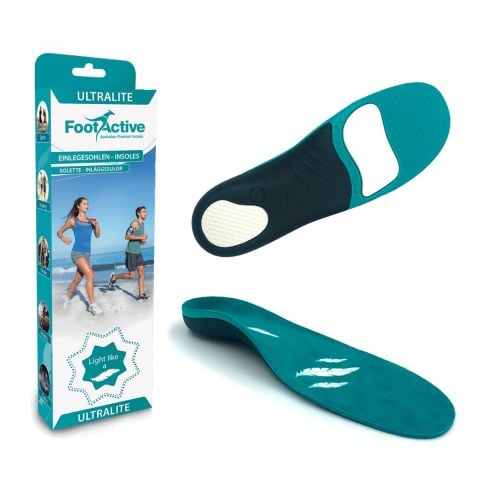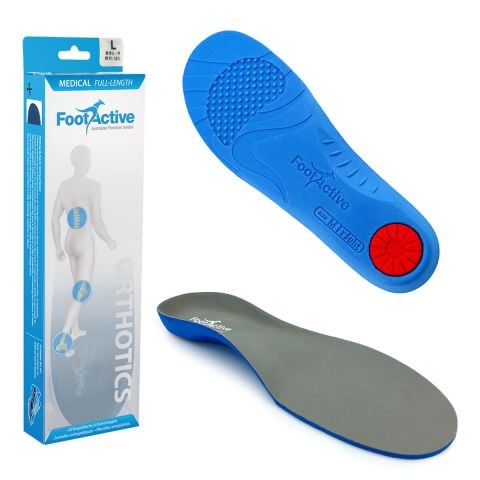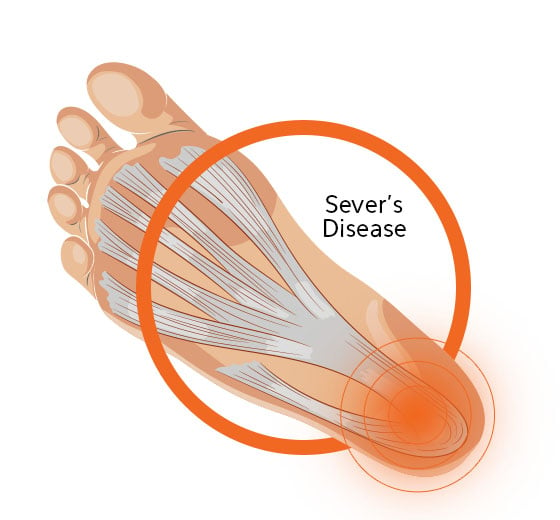Symptoms and Causes of Sever’s Disease
Foot pain, and even lower leg or knee pain, is extremely common in children or adolescents because they are constantly growing. In most children, the heel bone (calcaneus) is not fully developed until the age of 14 or older. Until then, new bone is forming at the growth plate of the foot (the apophysis, located at the back of the heel), an area that is softer than others due to its role in accommodating the growth.
Repetitive stress on the growth plate due to walking, running, and sports causes inflammation in the heel area. Because the heel's growth plate is sensitive, repeated running and pounding on hard surfaces can result in paediatric heel pain. Children and adolescents who take part in a lot of sport are especially vulnerable to Sever’s disease heel pain. Over-pronation (fallen arches and rolling inwards of the feet) will increase the impact on the growth plate and is, therefore, a significant cause and a major contributing factor to heel pain in children.
Symptoms of Sever’s Disease include:
- Swelling
- Obvious redness and heat in the heel
- Limping or avoiding putting weight on the feet
- Pain in the heel
Sever’s disease is a misnomer. Although it is referenced as a disease, it is not contagious.
How to Treat Sever’s Disease Heel Pain?
Depending on the Podiatrist's diagnosis and the severity of the pain, there are several options for Sever’s Disease treatments, including:
- Rest/reduced activity: your child should reduce or stop any activity that causes pain, such as sports and running, to allow the area to heal. This can be a difficult option, as children are normally quite wilful in pursuit of their favourite pastimes!
- Over the counter anti-inflammatory drugs, such as ibuprofen (found in Nurofen): these can be taken to help reduce Sever’s disease heel pain and inflammation. It is best to avoid medication wherever possible as tolerance, particularly in children, can build up. Integrate natural anti-inflammatory creams, such as those made with Manuka Honey, with standard medication.
- Conditioning exercises: these exercises can also help to combat the progression of Sever’s Disease. They can be practised before physical activity, sport and play. Sever’s Disease exercises are designed to strengthen the plantar fascia. This will reduce the experience of pain in the heel.
- NHS approved orthotic insoles and heel cup inserts for Server’s Disease: FootActive Kids orthotics are made for children, for shoe sizes 11-13 and 1-2½. They help to properly support the foot, preventing over-pronation or improper gait, restoring your child's foot to the correct biomechanical position. The best insoles for Sever’s disease in children with shoe sizes above 2½ are our adult medical ¾ length range, available from size 3 upwards. If you are in any doubt or your child's foot pain persists then please arrange an appointment with a Podiatrist or Physiotherapist.
For more information on how to support your child with Sever’s Disease or advice before you buy our podiatrist-approved shoe inserts, contact the team at FootActive today!
In Summary: Sever’s Disease FAQs
What is Sever’s disease?
Despite its name, Sever’s disease isn’t actually a disease. It’s a type of heel injury that can occur during a growth spurt. Children between the ages of around 8 and 15 are the most likely to be affected by Sever’s disease.
What causes Sever’s disease?
During a growth spurt, the muscles, tendons, bones, and ligaments grow at completely different rates. As the heel bone (or growth plate) gets larger, it becomes more sensitive and the surrounding muscles and tendons stretch tighter than their current size. This causes pain and discomfort to the heel area. With children active in sport, the already sensitive area may receive extra strain and can cause swelling and higher levels of pain.
What are the symptoms of Sever’s disease?
- Pain and swelling in one or both of the heels, usually with signs of redness.
- A tender and tight sensation along the back of the heels that worsens when squeezed
- Walking or running on tip toes, with a limp, or trouble in general.
- Heel pain that worsens after physical activity but gets better after rest.
How long does Sever’s disease last?
Unfortunately, there is no set answer for how long Sever’s foot disease can last. Sufferers can expect a recovery time of around 2 to 8 weeks, depending on the amount of treatment being administered.
What is the fastest way to cure Sever’s disease?
- The best treatment for Sever’s disease heel pain is rest. It is important that your child reduces or stops excessive physical activity during their recovery process. If necessary, use ice packs and nonsteroidal anti-inflammatory drugs, such as ibuprofen, to alleviate pain. When the condition becomes better, make sure that your child eases back into sport and activities gradually to avoid further damage.
- Supportive footwear or orthotic insoles can greatly reduce stress on the heel bone and aid the recovery process further.
- Different types of stretching exercises can also help.
- In extreme cases, your child may require a cast to force the heel to rest.
How can insoles help Sever’s disease?
FootActive Kids orthotic insoles (up to size 2 ½) are available in a full-length and ¾ length variation and are designed to restore your child’s foot to their natural biomechanical position to support and reduce strain. Our arch support insoles are NHS approved, designed to relieve pain, absorb shock in the heel, and provides heel support for Sever’s disease sufferers, thus promoting speedy recovery from the condition.

